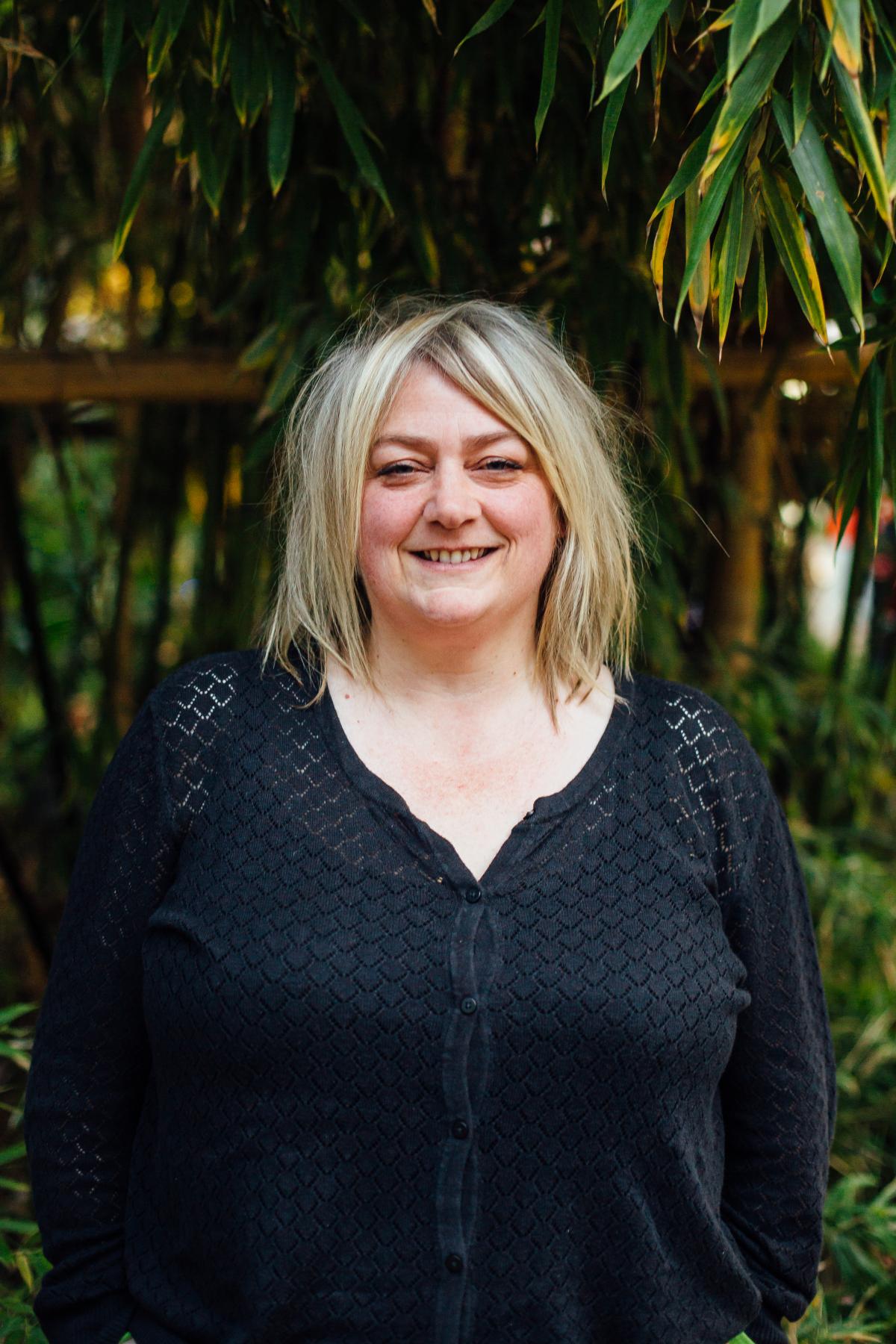
What have you been doing today?
Today is a Sunday. I’m a freelancer in the culture and health world. Today I have been mainly working on a commission application about co-creation from the fabulous Battersea Arts Centre and the Co Creating Change Network. At 10:18pm I finished that and I am now answering questions about a day in my life.
Is that a typical day for you?
I’m not sure there is any such thing as typical. I’m sat working in my pyjamas. That happens. I currently work in Huddersfield, Hull and Derbyshire so travel a bit...you’ll be pleased to know I get dressed for that.
My work is very varied. I love devising...spotting gaps and devising responses...so I tend have one foot in practice and another in strategic development and advocacy, which of course always needs doing. As my friend likes to say...’the fight is real’.
When did you start working with culture, health and wellbeing, and how?
I started in 1994 fresh from a degree in fine art painting. I knew nothing about what I was going to do but I did know an art gallery career was not for me. I was a working class kid and I can honestly say galleries had never been part of my education or my experience. To me they seemed lacking in real life.
I consider myself very lucky that, by accident, I came across a 3 month intensive arts management and administration course in Kirklees run by an organisation long since gone called Cultural Industries in Kirklees. I cannot tell you how useful that course was teaching me things like how to write a proposal...how to put a budget together...time management etc...the stuff I certainly didn’t learn at university. At the end of that a few of us set up a cooperative and got offered a contract by adult social services to run some arts projects in care homes and with users of mental health services. A baptism of fire. A lot’s happened since then.
What was the last project you came across that inspired you?
It’s not the last project that inspired me but it stays with me all the time. It was a project I saw as part of a show at Bradford University, curated by Andy Abbott, called Full Scale: Art’s Use in the Real World. The work was called Rubber Coated Steel by artist Lawrence Abu Hamdan and through the special techniques that he had developed to visualise sound frequencies he managed to prove that Israeli soldiers had used live ammunition against a student protest, killing two teenage students, rather than the rubber bullets they claimed they had used. This forced Israel to renounce its denial and showed its contravention of the American-Israeli arms agreement. I’ll always remember sitting and watching the video and not really knowing what to do at the end of it. The implications of this work are profound. And of course he’s done other great things since...see Turner Prize 2019.
Over the years I’ve become increasingly frustrated at the culture sectors reluctance to engage fully with what Abbott describes in the exhibition as ‘usership’...as something that stands apart from spectatorship and participation...but as equally legitimate. Take a look at Hamdan’s work and then tell me that the ‘use’ in it diminishes it. No...it is truly inspiring.
Deborah Munt is a Co-Director of Ministry of Others in Huddersfield and Three Ways East in Hull as well as a freelance developer, deviser and consultant in arts and health and socially engaged arts practice. She was the Chair of the National Alliance for Arts, Health and Wellbeing before it became the Culture, Health and Wellbeing Alliance in 2018. She is now the Regional Champion for the Yorkshire and Humber area on the CHWA Steering Group. She was also a Steering Committee member for the International Culture, Health and Wellbeing Conferences, Bristol, June 2017 and 2013 in Bristol.
She has worked in the field for 23 years, devising work that enables people and places to flourish, in hospitals, health centres, care homes, mental health services and in communities, neighbourhoods, streets and in people’s homes. She has particular interest in developing provision for culture amongst those who have had little opportunity to engage and in how the intellectual and emotional capabilities of artists, alongside their artistic ones, can benefit society at large.
